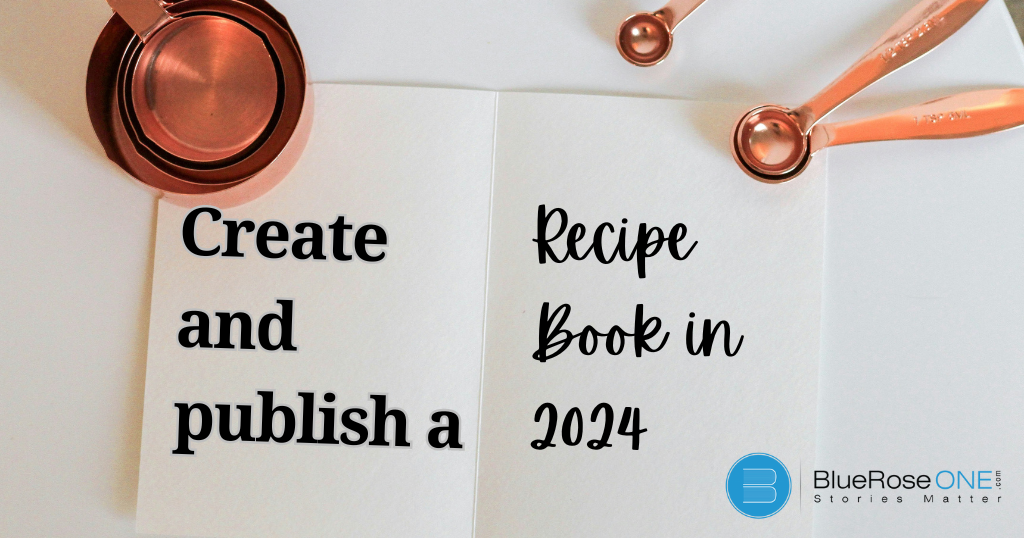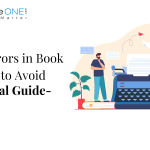Introduction
Cooking is an artistic medium through which you may convey your imagination and enthusiasm. It’s not simply about making meals. Making a recipe book could be ideal for sharing your culinary talents with others if you enjoy spending time in the kitchen, experimenting with flavours, and cooking great dishes. But writing and publishing a book can seem like a daunting task, particularly if you’re on a limited budget.
But worry not—with the appropriate strategy, it is feasible to create and publish a recipe book on a budget. In this guide, we’ll teach you how to transform your passion for cooking into a professionally designed recipe book without going over budget. As we go on this wonderful journey, it’s crucial to recognise that the heart of any recipe book rests not just in the ingredients and directions, but also in the tale.
Whether you’re an experienced home cook, a passionate food blogger, or someone with a taste for flavours, this guide will help you begin on a rewarding and cost-effective route to becoming a published cookbook author. Let’s roll up our sleeves and learn how to make a delicious meal on a budget!
Define your vision and audience for recipe book
Creating an engaging recipe book begins with defining your goal and target audience. Clearly describe the cuisine, topic, and goal of your book. Whether it’s a compilation of family recipes or a new take on traditional cuisine, having a clear vision helps drive your content development. Identify your target audience—whether rookie chefs, health-conscious folks, or food enthusiasts—and personalise your approach to their culinary tastes.This clarity not only influences the content, but also guarantees that your recipe book communicates directly to the hearts and tastes of individuals who will read it.
Play your content
Effective planning is the foundation of a well-organized cookbook. Begin by defining the structure, determining the number of recipes, and categorising them logically. Determine if extra information such as personal tales, cooking recommendations, or bright images would increase the overall appeal.
A well-thought-out strategy makes the development process more efficient, resulting in a unified and interesting narrative. Set aside room for a variety of recipes, balancing appetisers, main courses, and desserts to create a complete culinary experience. By precisely organising your material, you create a recipe book that captivates readers and enriches their culinary experience.
Create a budget for a recipe book
Creating a budget is an important stage in the recipe book development process since it ensures financial viability throughout the trip. Determine major expenditures, such as editing, design, printing, and marketing. Consider cost-effective solutions without sacrificing quality. A well-structured budget not only protects you from overpaying but also allows you to make educated decisions, making your culinary dream a reality without breaking the bank.
Editing and proofreading
Collaborative editing and proofreading are critical steps in perfecting your recipe book. Engage friends, relatives, or fellow food aficionados to examine your book, providing useful feedback and pointing out problems. Professional editing services might be costly, but this collaborative method improves the overall quality of your work.
Thorough editing guarantees clarity, coherence, and a professional presentation, helping your recipes reach their full potential. Investing time in this step not only saves you money on expert services but also ensures that your culinary masterpiece is completed professionally.
Design your book
Turning your recipe collection into an aesthetically beautiful book necessitates deliberate design decisions. Instead of hiring expensive expert designers, look at user-friendly tools like Canva or BookWright, which provide templates and easy interfaces.
Choose a visually appealing layout that compliments your culinary theme, with eye-catching photographs and typography. Prioritise readability and coherence to improve the overall user experience. With a low-cost design strategy, you can produce a visually attractive recipe book that captivates readers while maintaining the integrity of your culinary vision.
















